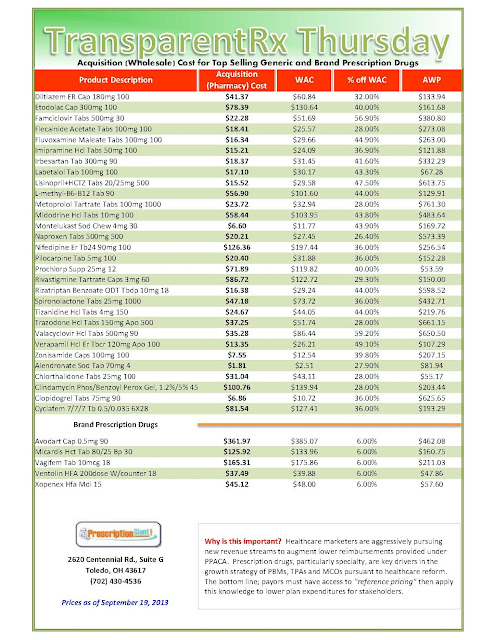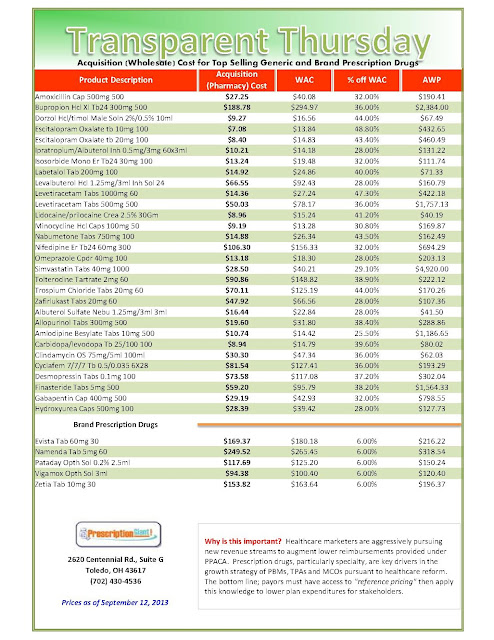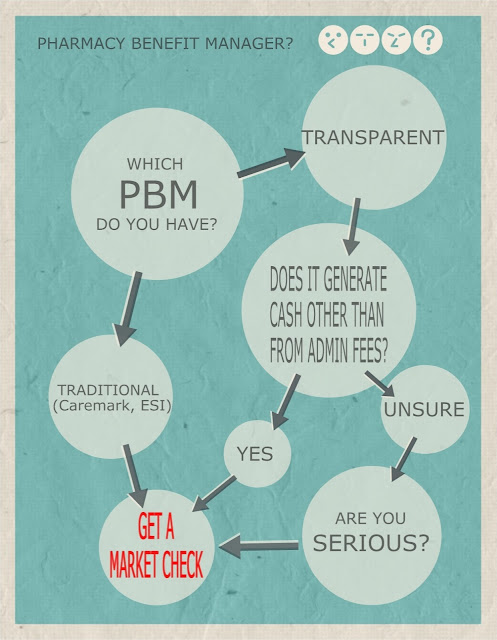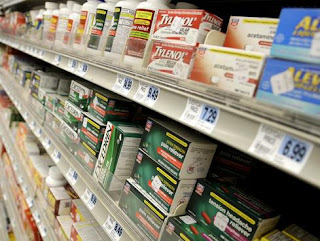As Specialty Injectable Drug Sales Grow, Drug-Device Collaborations change the Competitive Landscape
While the injectable device ecosystem continues to expand, particularly in the areas of specialty design services and filling/finishing/packaging, device manufacturing is still concentrated in a small number of suppliers who have established the infrastructure, technology and track record to meet the go-to-market needs of drug developers targeting chronic indications.
For glass prefillable syringes (PFS), this list includes Becton Dickinson (BD), which continues to enjoy a significant global leadership position, German companies Gerresheimer and Schott, and a half-dozen smaller competitors.
For plastic PFS, Hospira dominates in devices for emergency medicine, while West Pharmaceutical and its Japanese partner Daikyo Seiko, Gerresheimer and its Japanese Partner Taisei Kako, and Schott all offer sophisticated devices based on COP or CCP polymers.
Prefillable safety syringes, perhaps the most highly watched market segment, are beginning to gain traction as Unilife, the former Australian company now based in the U.S., continues to sign partners and to ship product to Sanofi, its flagship customer for the Unifill prefillable safety syringe.
Once dominated by specialty device firms, the pen injector landscape is now divided between third-party device suppliers and drug developers that have brought pen manufacturing in-house.
Two-thirds of pen devices are still supplied by a handful of specialist design/manufacture firms, including Ypsomed which supplies pens and specialty injectors to more than a dozen pharmaceutical companies. But as this market continues to shift away from third-party manufacturers, Ypsomed is striving to change its business model to offset customer losses.
Autoinjectors, the fastest growing device segment, is highly competitive, led by a group of suppliers that include SHL Medical, Ypsomed, Owen Munford, Gerresheimer, BD and Haselmeier. Autoinjector growth will be particularly high for new specialty injectables that traditionally have been marketed in pen injectors.
Needle-free injectors (NFI) have struggled to compete effectively against the growing tide of user-friendly injection devices. Recent results for prefilled NFI products have been encouraging. But beyond niche markets, this segment continues to underachieve.
The market for point-of-care reconstitution devices is moving beyond niche markets as protein drugs for chronic diseases increase in number and share. Dual chamber cartridges and integrated dual chamber injection devices lead the way in this category. Germany’s Vetter is the clear leader in this segment, which will experience strong growth over the next three years.
A new class of injection devices, patch pumps (also known as wearable injectors), is finding success in a select few chronic disease applications, most notably insulin-dependent diabetes. This market will, however, find it challenging to maintain growth as formulation improvements, particularly in the area of sustained released, reduce dosing frequency and thus obviate a major benefit of wearable devices.
These conclusions are taken from a recent survey conducted by Applied Data Analytics. The survey’s findings can be found in a new and comprehensive report: Global Syringe & Injector Analysis and Assessment. (http://applieddata.org/Pharmaceutical_Biotech_Industry_Re…) This global report contains highly detailed data and knowledge on device designs, combination products, supplier relationships, market share information and data forecasts.
For more information, please visit:
http://applieddata.org/Pharmaceutical_Biotech_Industry_Reports.htm
About Applied Data Analytics
Applied Data Analytics assists life science management decision makers by providing analysis services and products that can reveal key relationships, patterns and trends affecting their businesses. These information tools encourage opportunity and risk discovery by promoting comprehensive, timely, and insightful analysis, allowing managers to make informed tactical and strategic decisions.


_1.jpg)


_1.jpg)

_1.jpg)
.jpg)

